US Space Force, US Space Command and industry pros explore how new technologies can be a force multiplier in space operations. Spoiler alert: The sky is not the limit.
More than 300 US military, government civilian and industry professionals landed at SAS world headquarters June 25-26 for Cognitive Space Operations Reverse Industry Days. Their mission: Discuss ways AI and machine learning can accelerate decision cycles and enhance situational awareness.
According to many of the speakers, including keynote General Michael A. Guetlein, Vice Chief of Space Operations, United States Space Force, the speed and innovation seen in the commercial sector around the use of these technologies today often surpasses what government agencies and military branches have in the works. Reverse industry days are designed for all parties to share more details around unclassified projects and intelligence in hopes the commercial sector can offer ideas.
There’s a lot at stake. In addition to national security, the US Space Force protects the US’ freedom to operate in space, keeping it secure, stable and accessible for military space power and new waves of innovation. GPS, ATMs, cell phones, traffic signals and power grids are just some of the familiar yet critical infrastructures that rely on space technology and Space Force maintenance every day. Space Force currently tracks more than 47,000 objects and 31 active GPS satellites to ensure each satellite is secure from intrusion.
AI and machine learning can speed data analysis and decision-making to help teams build capabilities, avoid operational surprises and optimize efforts. “It’s a whole new frontier that we’ll figure out … because we have to figure it out,” said Dr. Kelly Hammett, Director and Program Executive Officer for the Space Rapid Capabilities Office, in his session.
Scroll through the gallery for a glimpse of the event and more of the compelling insights shared.
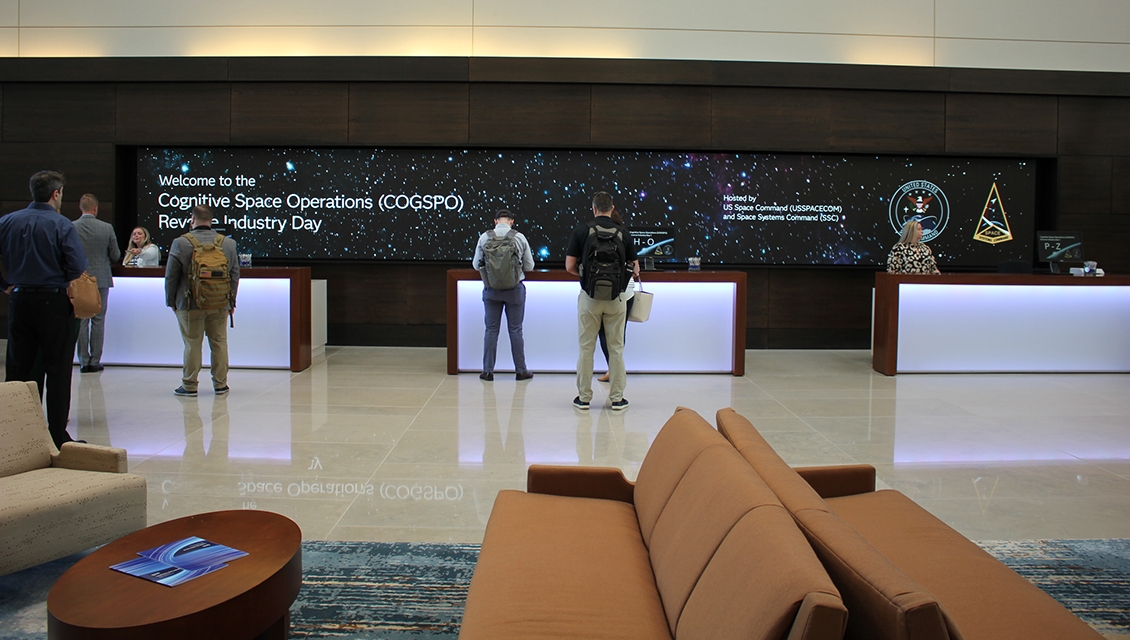
- Caroline Baldwin, Director, Sales, US Federal Management welcomes attendees spanning industry, government/military, academia and financial institutions to the 2024 Cognitive Space Operations Reverse Industry Days.
- The two-day event was an opportunity to discuss and assess broad interest across the United States Space Force, United States Space Command, and industry on how the collective group could learn from one another to advance space operations.
- Col. Richard Kniseley, Senior Materiel Leader, Commercial Space Office, Space Systems Command, US Space Force, served as the event moderator (and kept the audience entertained with his favorite dad jokes).
- “As Space Force and other branches of our armed forces look to the technologies of the future, North Carolina stands ready to be a national leader in science, research and innovation,” said North Carolina Congresswoman Deborah Ross.
- Jared Peterson, Sr VP of R&D, welcomed guests to SAS on Day 1 of the conference.
- Gen. Michael A. Guetlein, Vice Chief of Space Operations, US Space Force, provided the opening keynote acknowledging that “As America’s small military branch, we must use AI to increase our effectiveness.” Space Force employees 9,400 employees. “There is no technology with the power of AI,” he said.
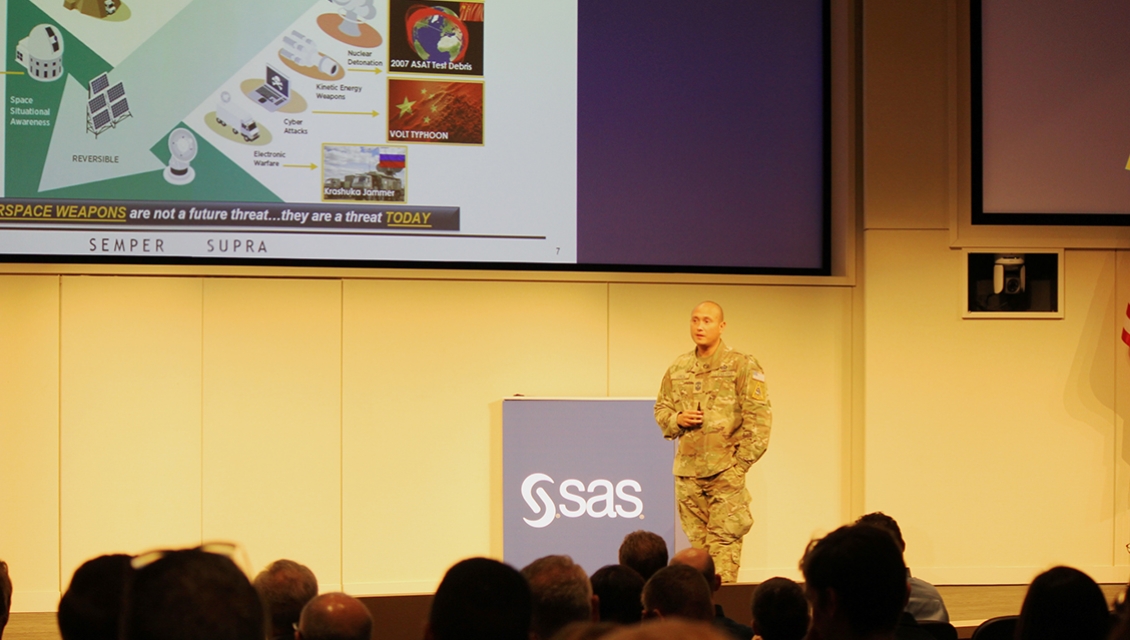
- Guetlein (on stage) answered numerous audience questions to address ways industry can be most helpful.
- Questions arose around how to get around traditional barriers, departmental silos and hidden data.
- (Left to right) Col. Scott Brodeur, Senior Partner, Partners in Air and Space, Inc.; Dr. Kelly Hammett, Director and Program Executive Officer for the Space Rapid Capabilities Office; The Honorable Jim Bridenstine, Former NASA Administrator. “Where do we need the human in the loop? Where can automation take over?” asked Brodeur. “There will be a military role in making decisions. The DOD [US Department of Defense} has said we’re not turning autonomous weapons completely loose in the battlefield,” said Hammett.
- Each session generated interesting questions from the audience.
- The panel focused on technology within military operations included (left to right): Col. Edward G. Ferguson, Chief, Advanced Warfighter Capabilities and Resources Analysis Division (J81) and the Director, Space Technical Analysis Group, United States Space Command (moderator); Chief Warrant Officer 4 Nick Rife, Senior Technical Advisor/Officer in Charge, Army Foundry Platform, U.S. Army; Col. Travis Hartman, Chief Technology Officer, FORSCOM, U.S. Army; Col. Randall Linnemann, Chief Innovation Officer, XVIIIth Airborne Corps, U.S. Army. “We want to harvest efficiencies [with AI],” said Hartman. “When you can get 750,000 people saving 10 min a day… pretty soon that’s real money.” Several branches are focused on operational efficiencies through AI and machine learning.
- More audience Q&A.
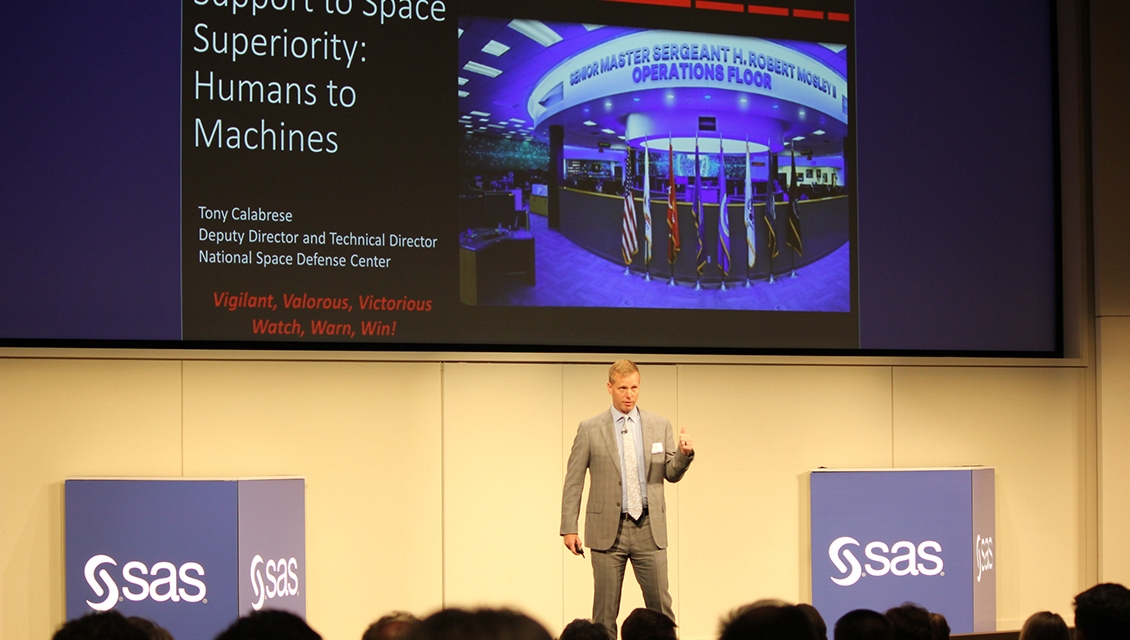
- Lt. Col. Nicholas Frazier, AI Division Director, USASOC Force Modernization Center, US Army, said the Army is asking how one person can begin to do the work of many more with AI and machine learning, and what new career fields are important to consider.
- In his afternoon keynote, Peterson shared his own fasciation with and desire to study space, both as a child and as an adult.
- “I think of generative AI almost like a skilled co-worker,” Peterson said. “In the software development world … generative AI would act like a career-level developer sitting alongside a more senior-level developer. The career-level developer takes over the more repetitive … routine tasks … freeing up the senior-level developer to tackle more complex tasks. Here’s what else it frees up: creativity, risk-taking. AI doesn’t replace a job as much as it scales a job.”
- Jock Padgett, Advanced C2 Accelerator (AC2A) Director, OSD CDAO, offers the perspective from the Chief Digital and Artificial Intelligence Office perspective. The CDAO works to break down barriers to data and AI adoption within appropriate DoD institutional processes.
- Thomas A. Lockhart, Director of Capability and Resource Integration Directorate (J8), US Space Command talked about moving outdated processes and decision making to more modern approaches. “We were raised on PowerPoint, but we should be showing more in modeling,” he said.
- “AI has the potential to scale human reasoning in ways never seen before,” Peterson said on stage.

- Panelists: Sarah Mineiro, Senior Associate (non-resident), Aerospace Security Project at the Center for Strategic and International Studies (moderator); Joe Kopacz, Vice President of Software and Artificial Intelligence, Sierra Space; Jeff Thornberg, CEO, Portal Space; Ryan Westerdahl, Turion Space; Kevin Hoy, Scale.ai; Tracey Hayes, IBM Consulting. “There is an uncertainty in everything in orbit. We don’t fully understand the problem,” said Thornberg. “There is uncertainty, but AI can diminish this uncertainty.”
- In between sessions, participants had an opportunity to network and meet the speakers.
- Collis explains why he believes gaming can be a gateway to real world tech advancement.
- Collis explains how gaming is an inroad to experimentation and more.
- The Networking Hall provided learning opportunities about SAS technologies and other providers in the space operations world.
- Learning opportunities were also available to attendees.
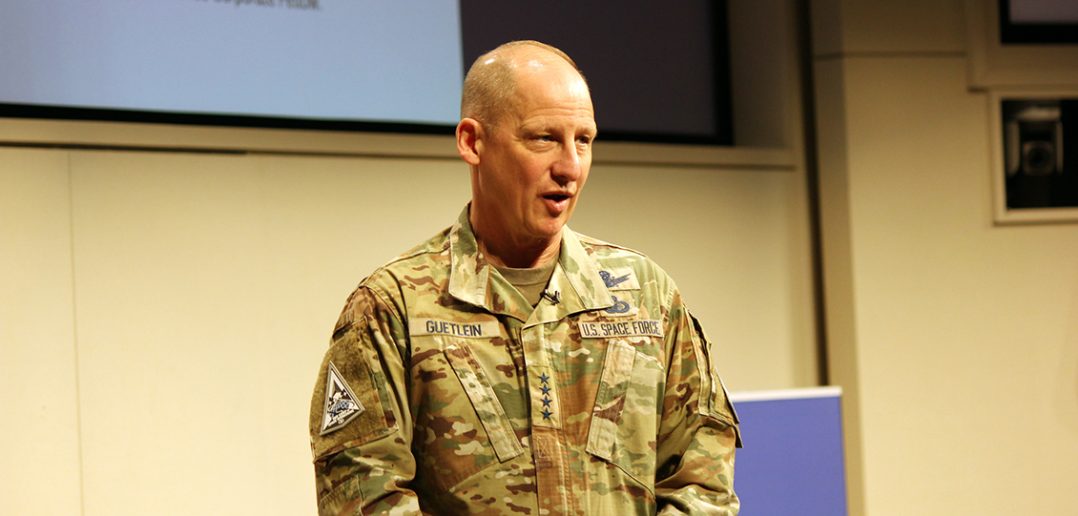
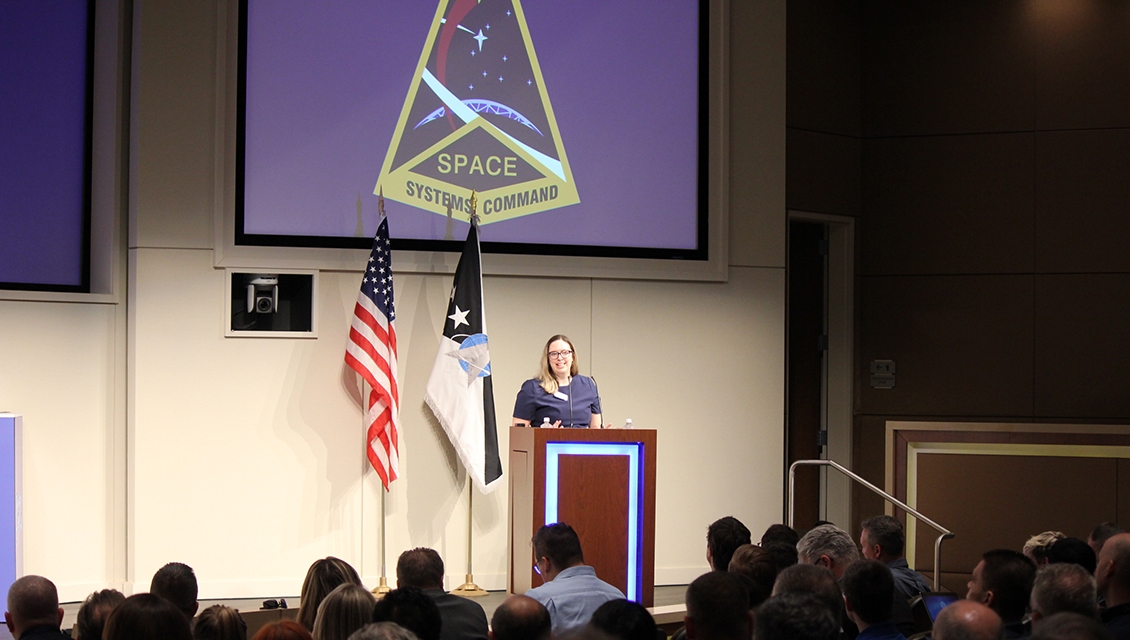
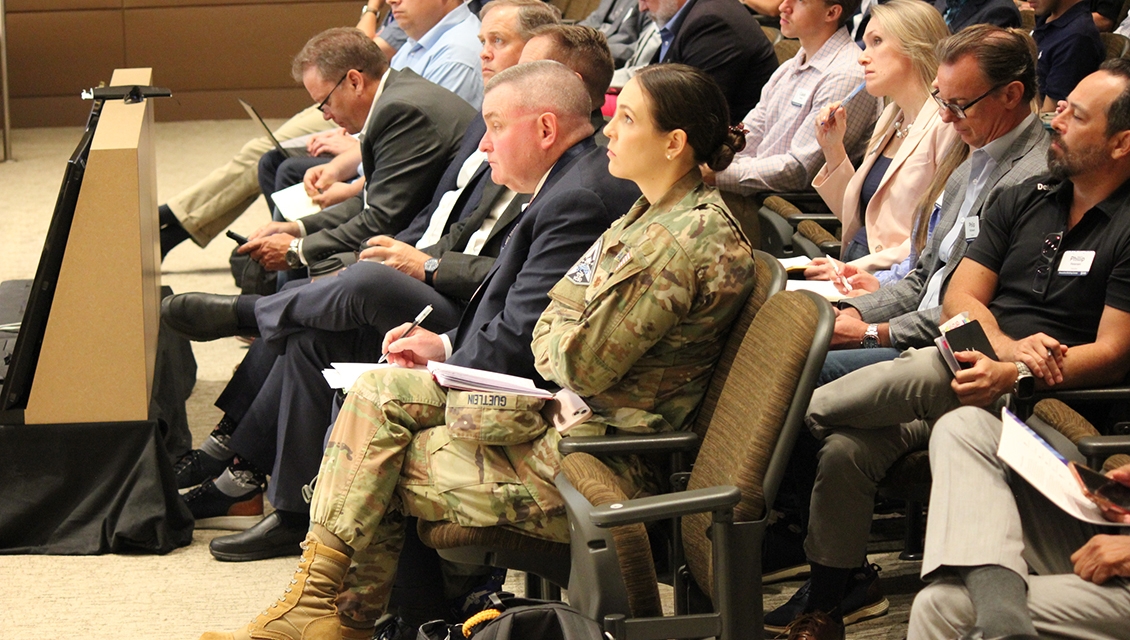
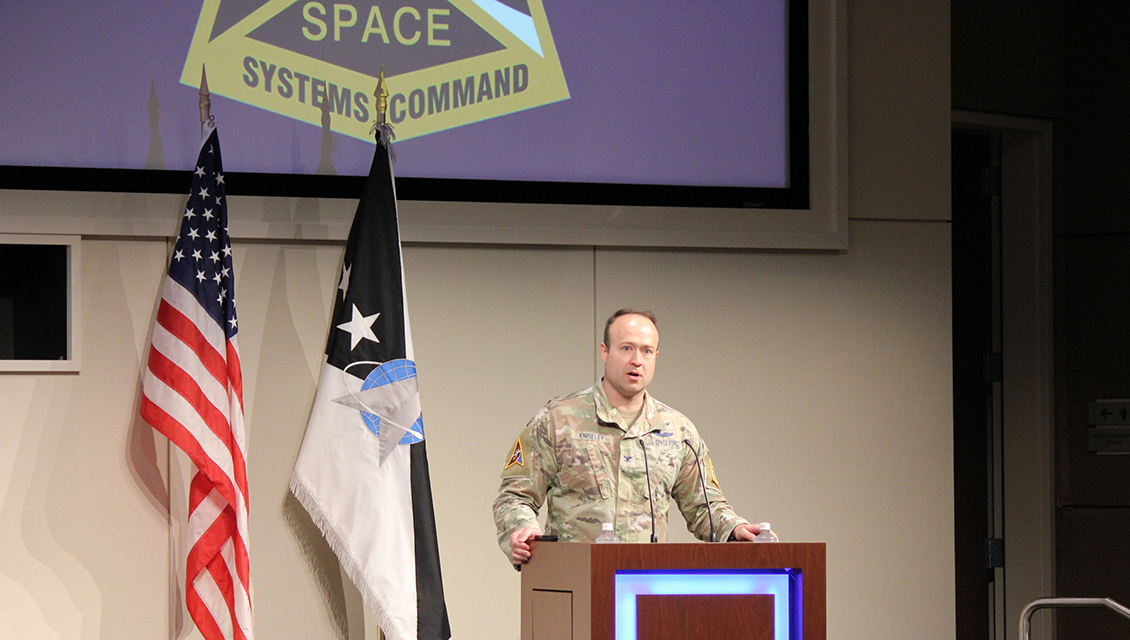
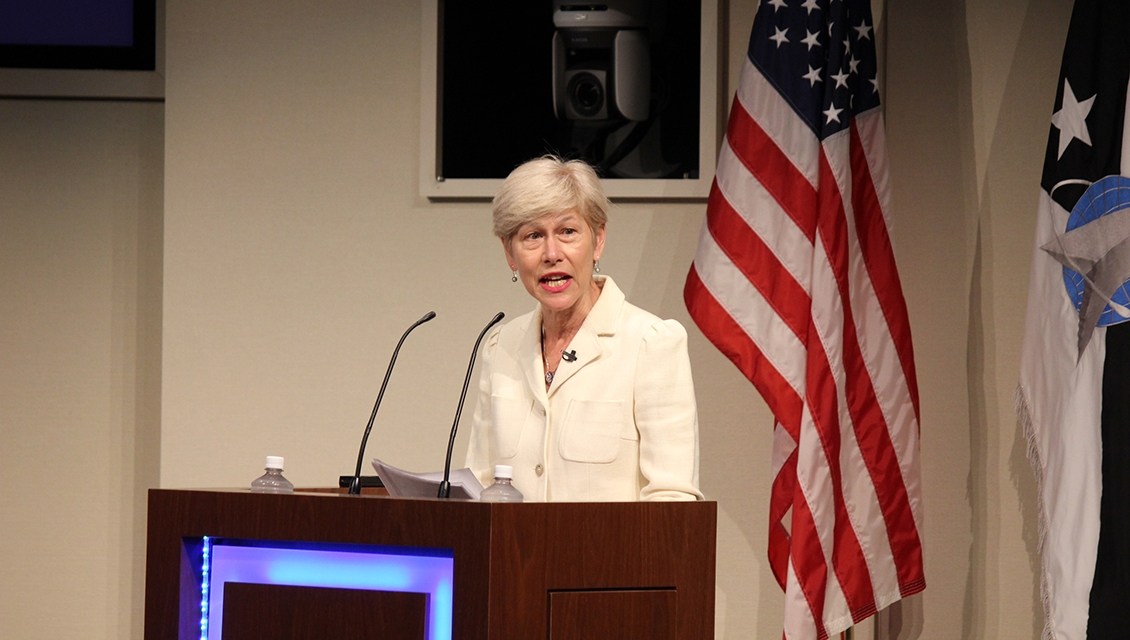
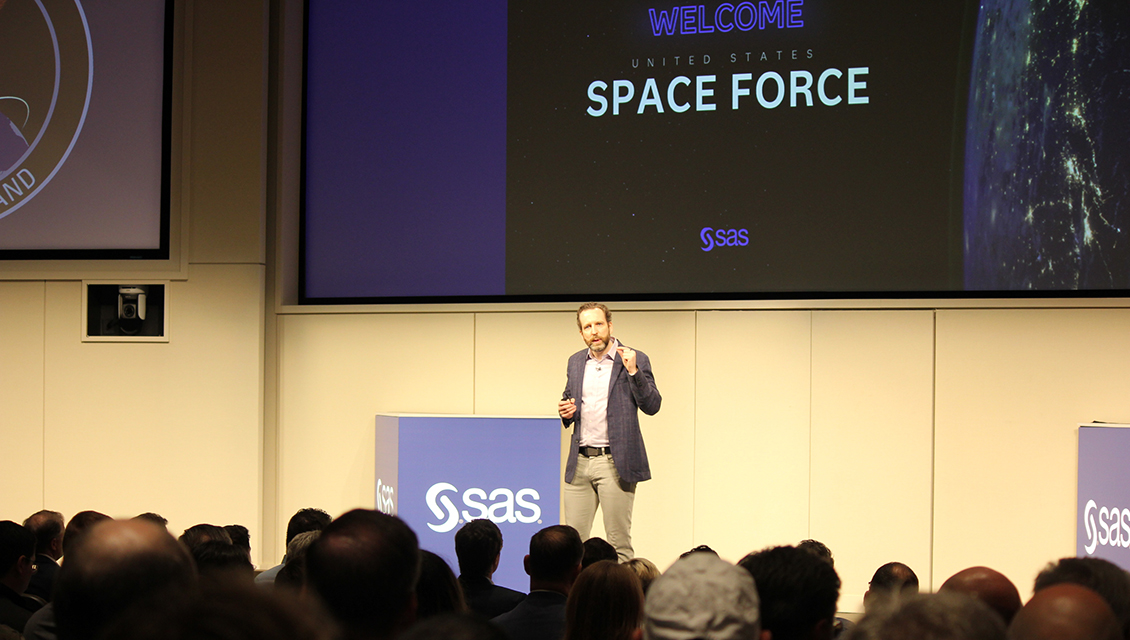
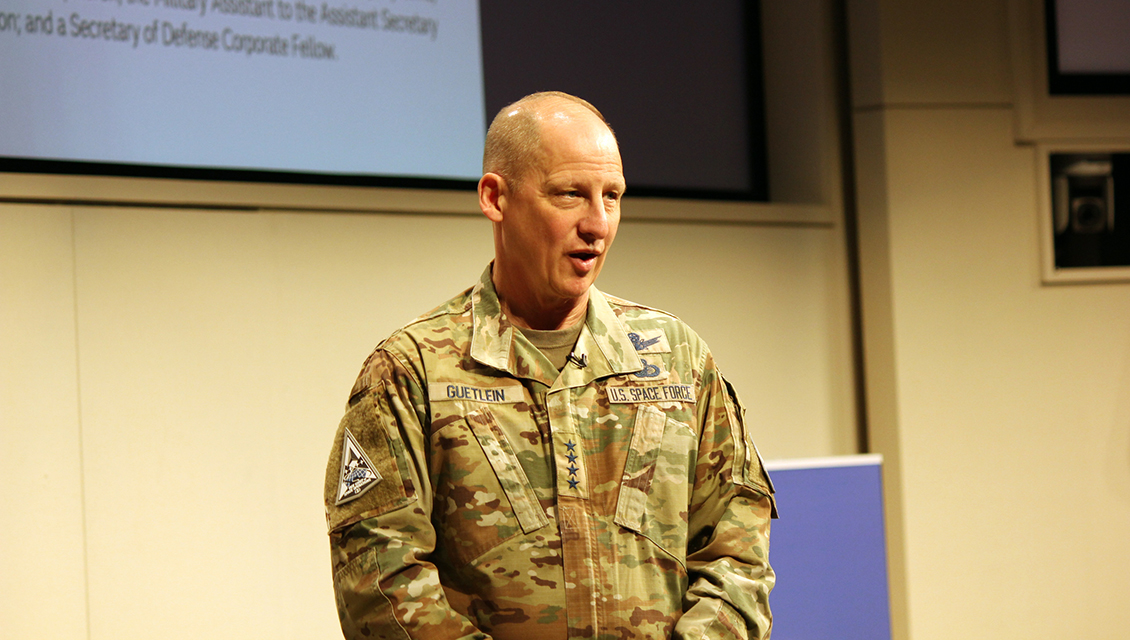
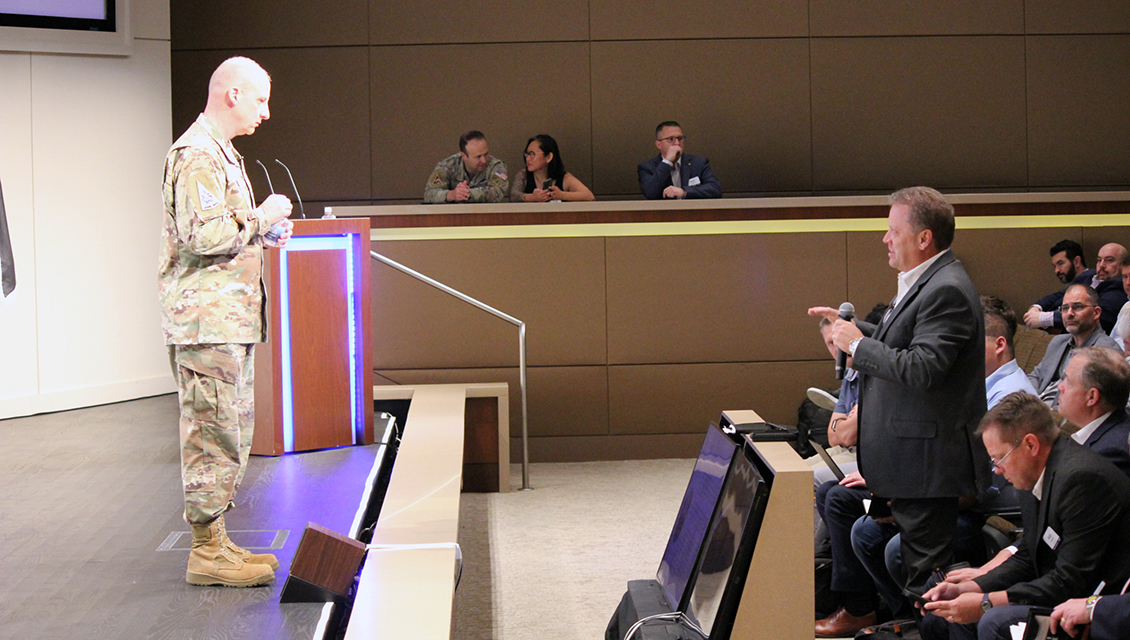
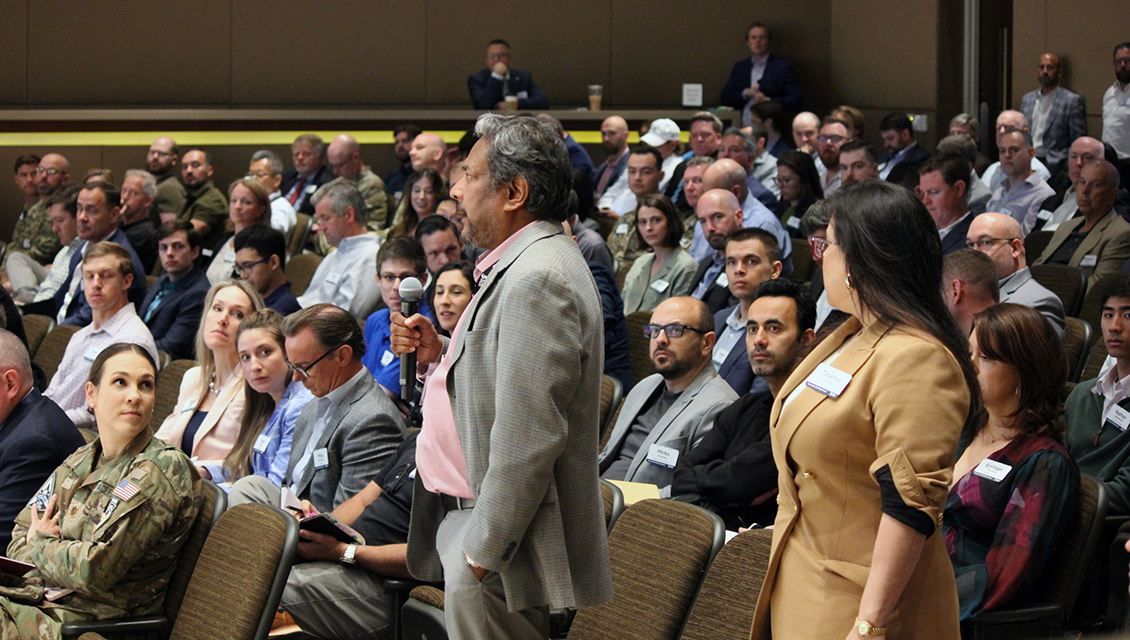
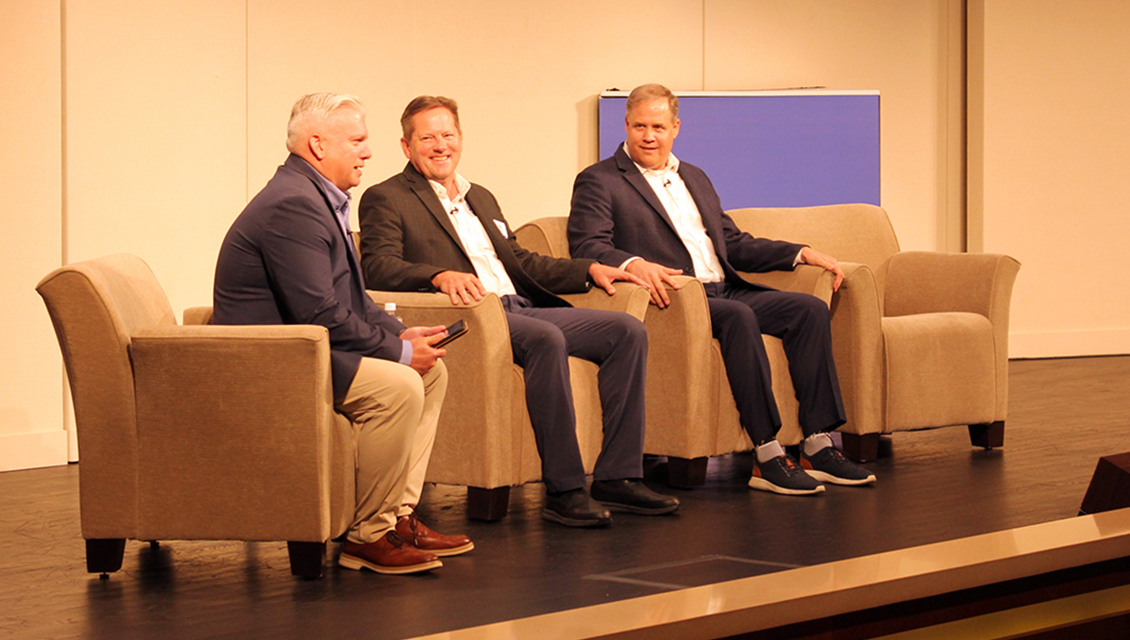
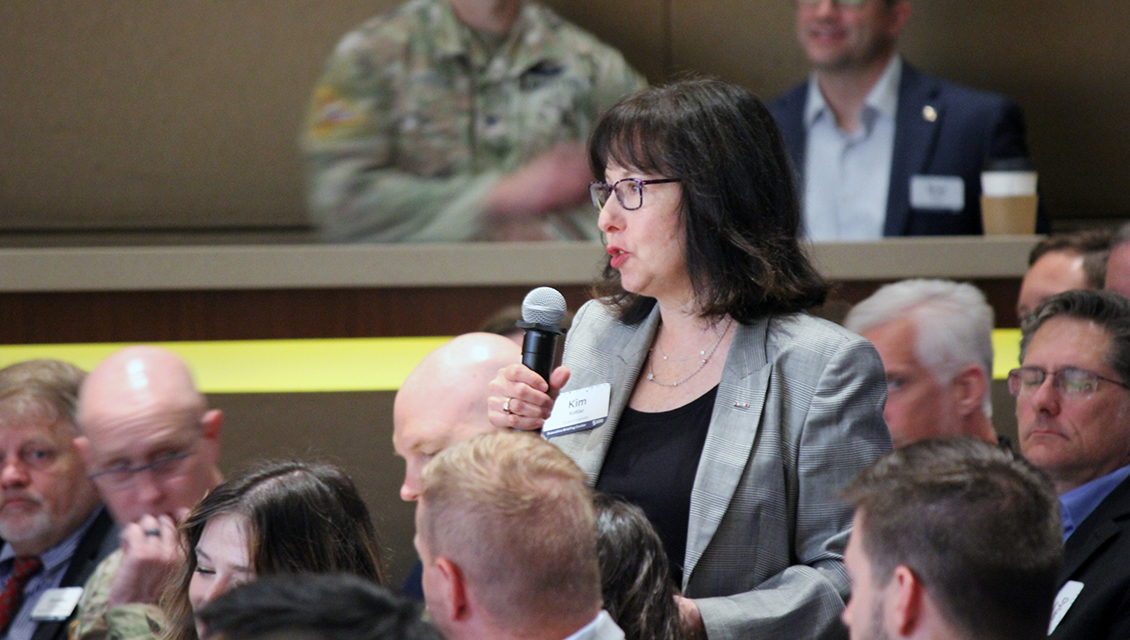
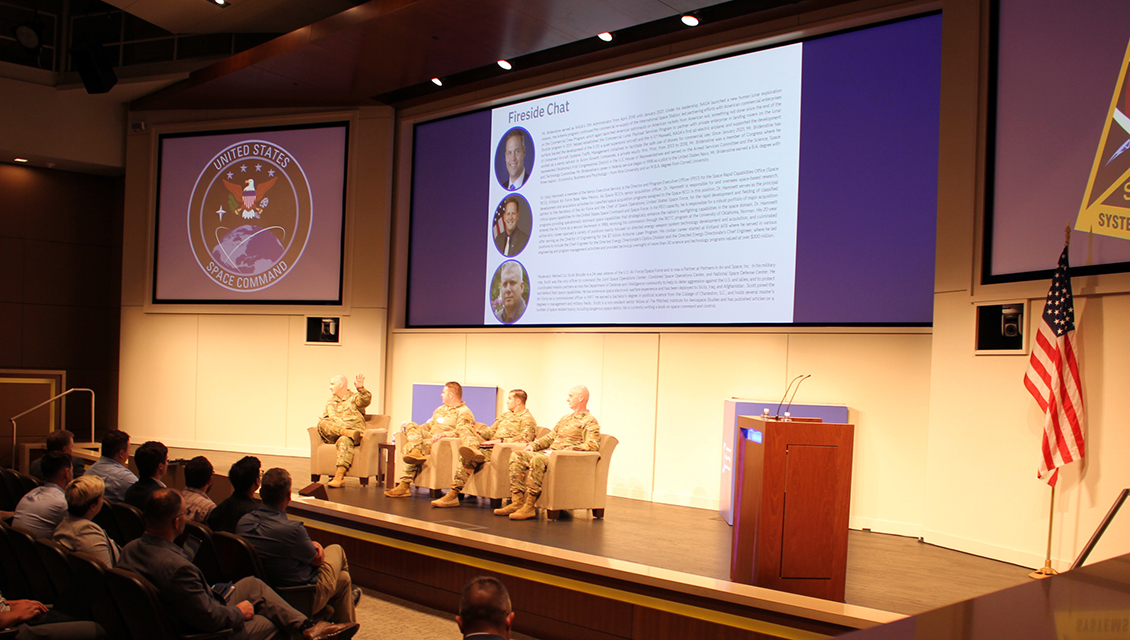

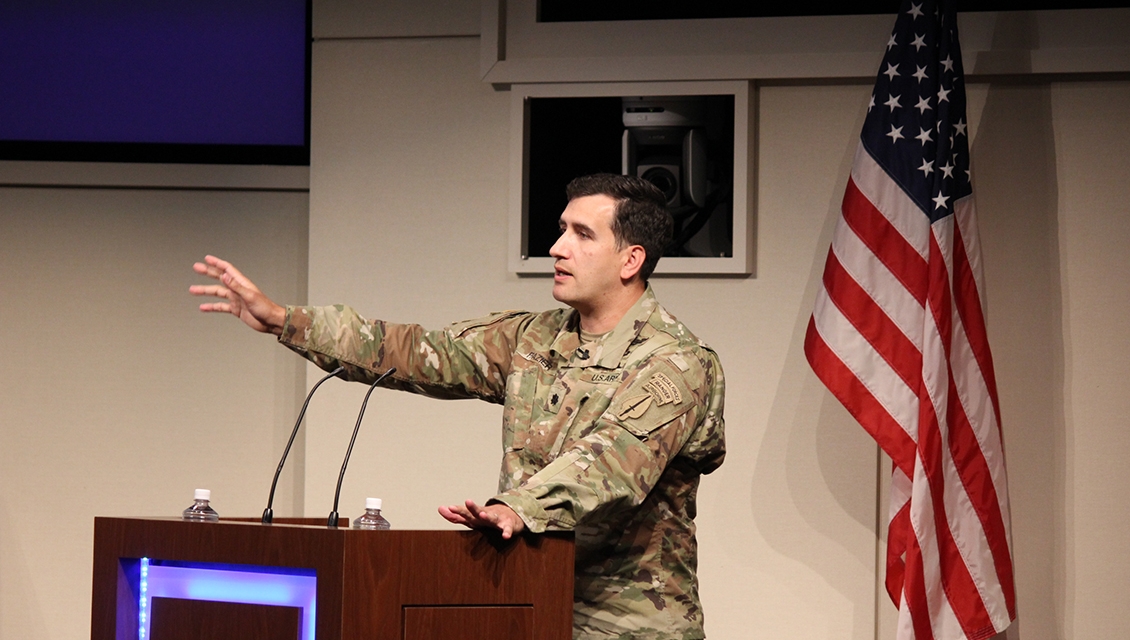

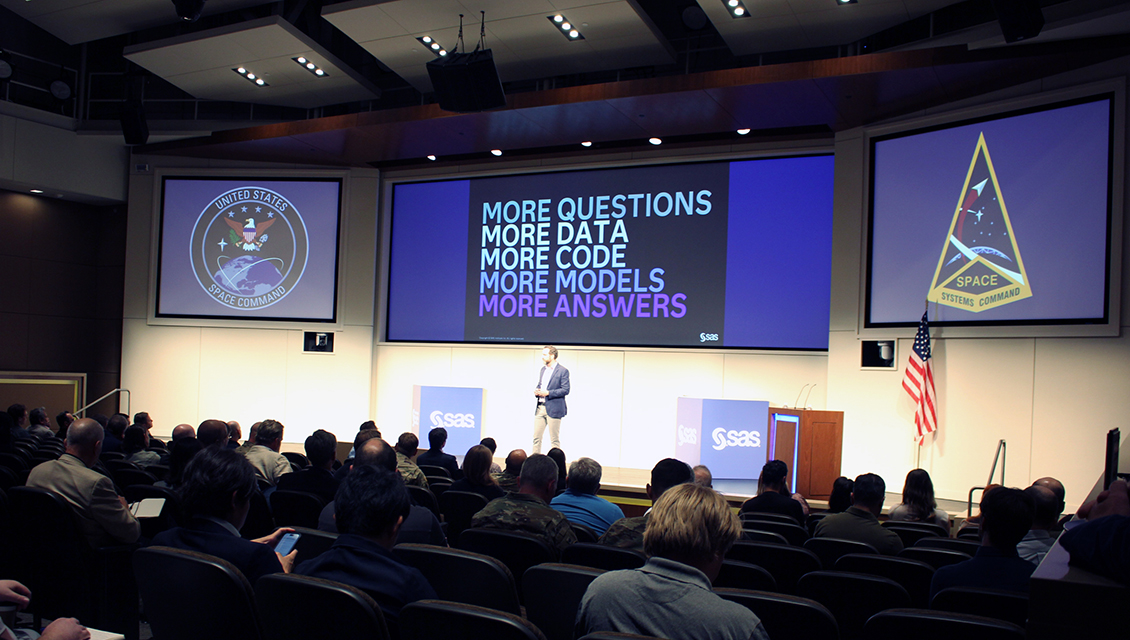



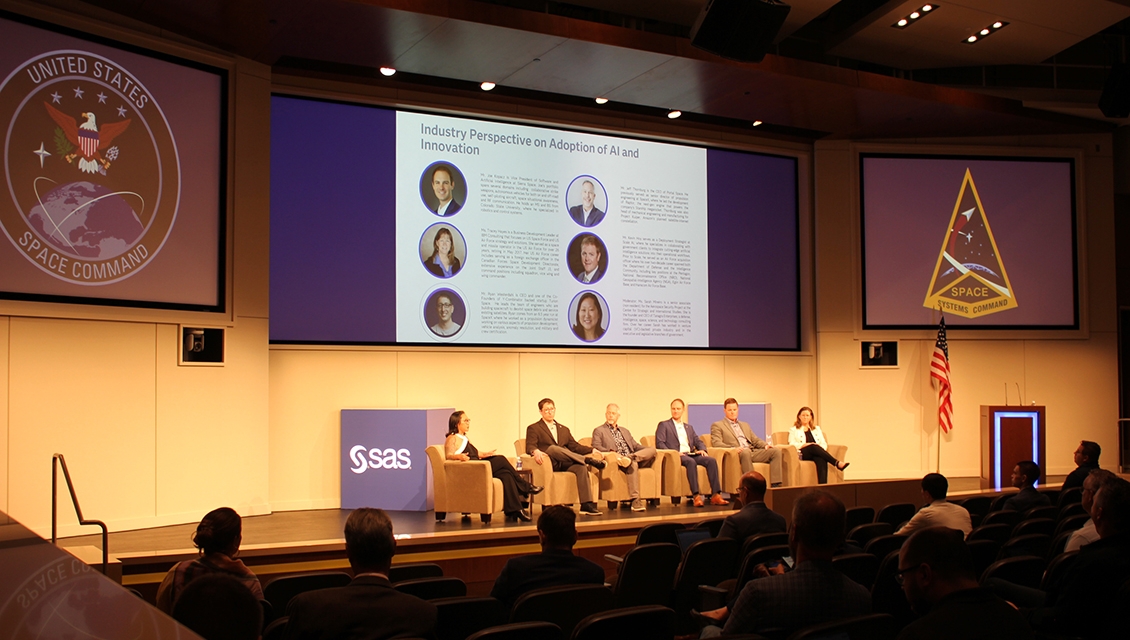
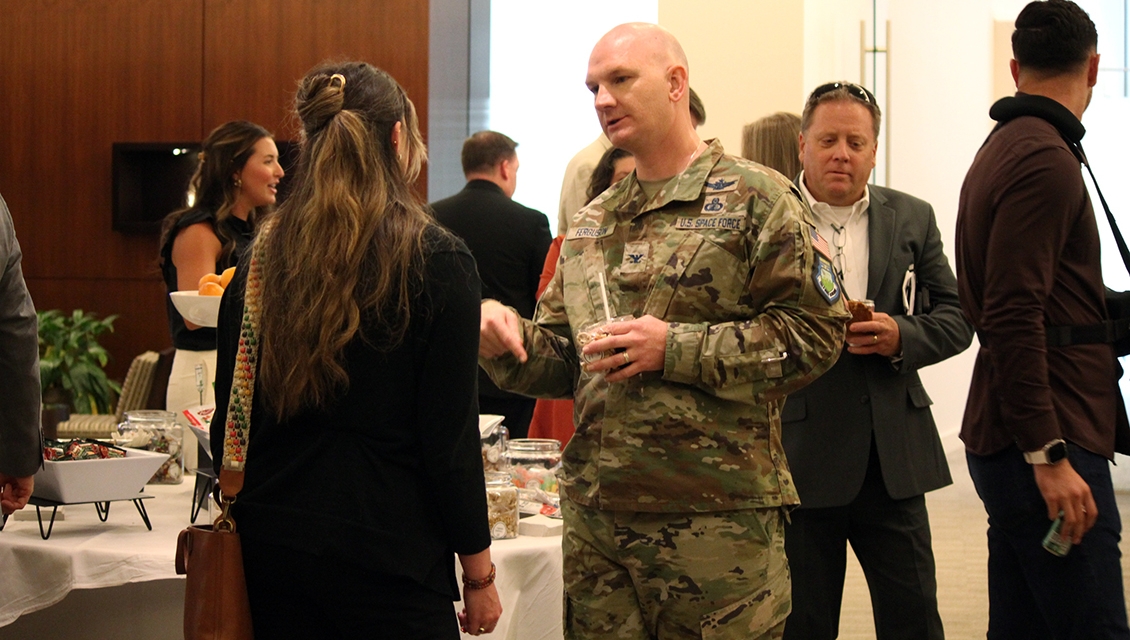
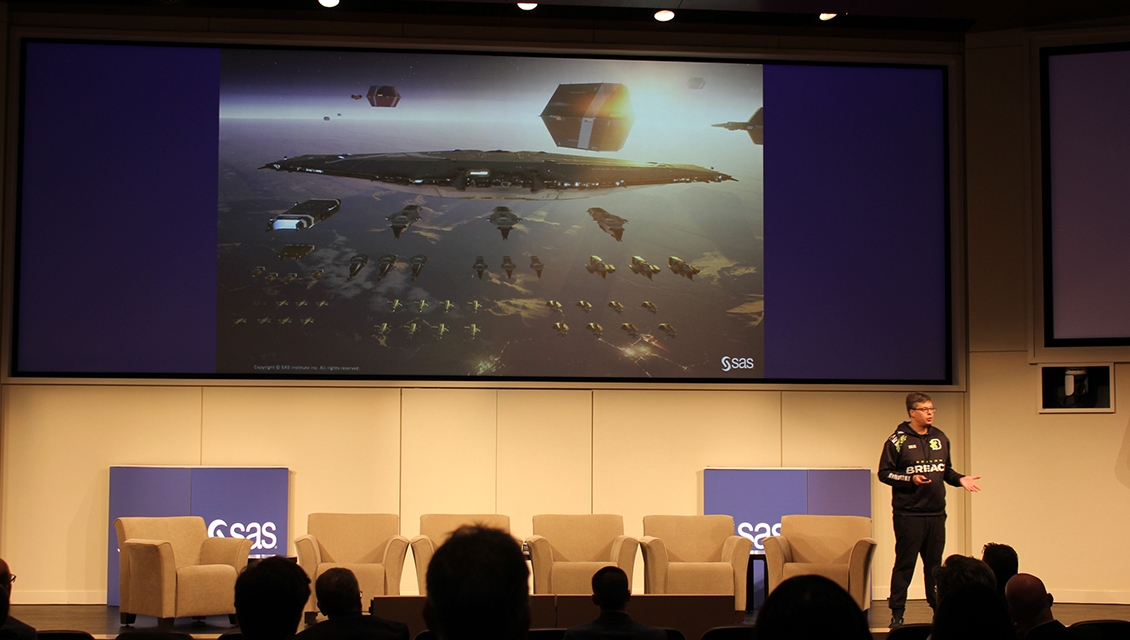

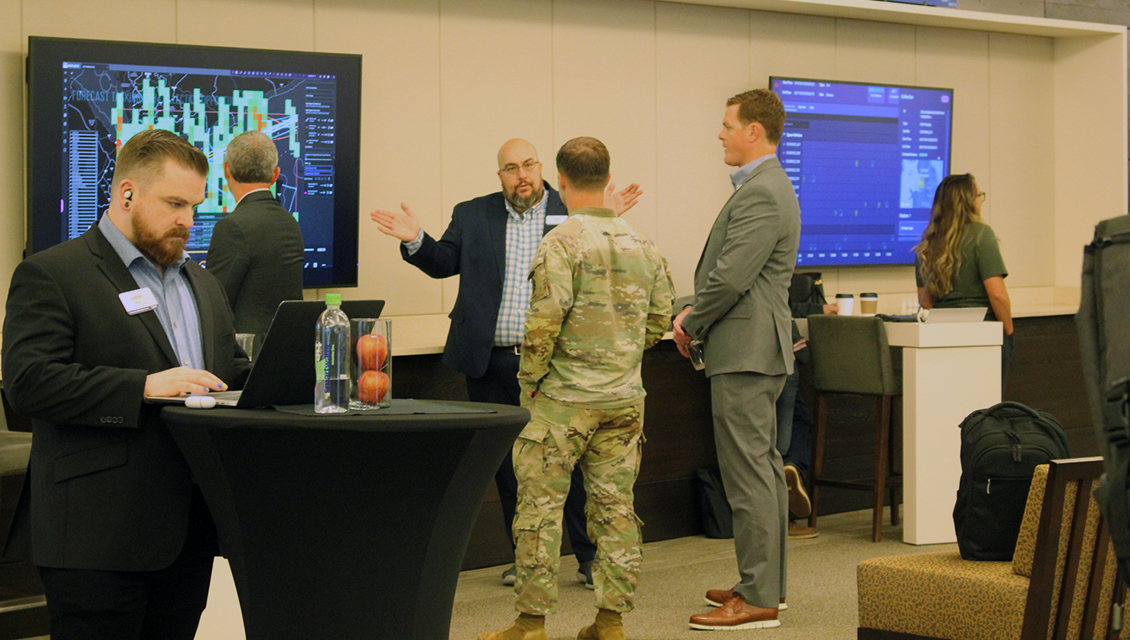
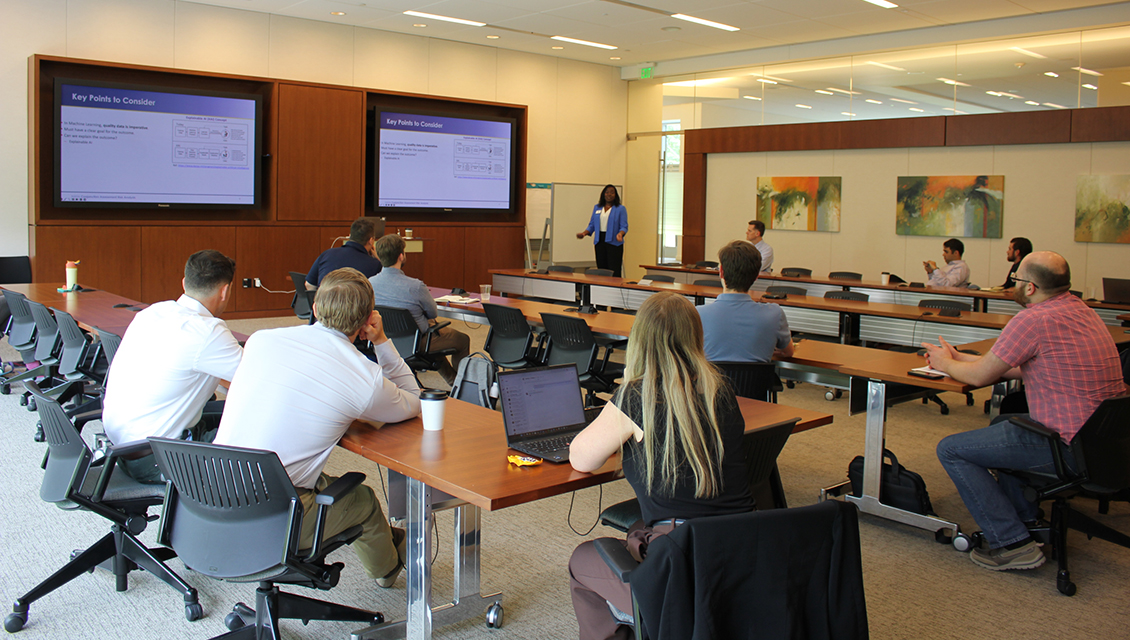


1 Comment
This blog provides a fantastic summary of the Cognitive Space Operations Reverse Industry Days event. The insights shared by the US Space Force, US Space Command, and industry experts on leveraging AI and machine learning to enhance space operations are incredibly valuable. It's impressive to see how these technologies can accelerate decision cycles and improve situational awareness, crucial for national security and the maintenance of critical infrastructures like GPS and power grids. The event's focus on collaboration between government and commercial sectors to overcome traditional barriers and drive innovation is particularly noteworthy. Kudos to SAS for facilitating such an important and forward-thinking discussion. The future of space operations looks promising with these advancements!